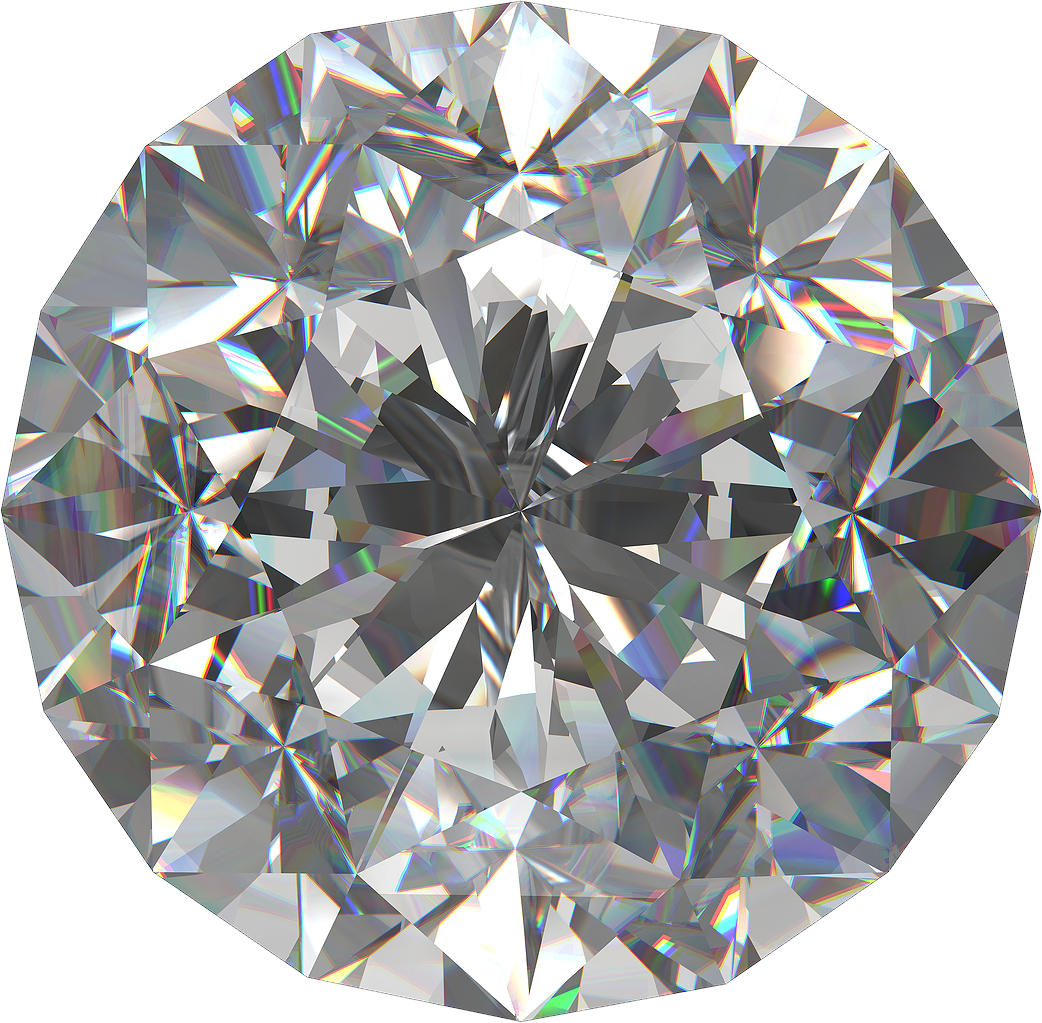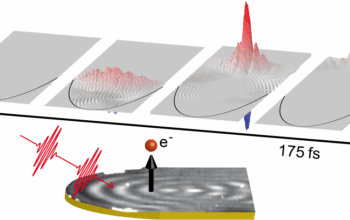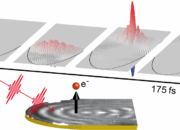Diamond, a crystalline form of carbon, has captivated human fascination for centuries. It is renowned not only for its unparalleled brilliance and optical properties but also for its extraordinary physical characteristics that render it a subject of significant interest within the field of physics. The interplay of its unique structure and properties exemplifies why diamonds are often lauded as a physicist’s best friend. This article explores the intricate attributes of diamond, illustrating how these features resonate with broader themes within contemporary physical science.
At the most fundamental level, the atomic structure of diamond sets it apart from other materials. Diamond manifests a tetrahedral lattice configuration, wherein each carbon atom is covalently bonded to four neighboring carbon atoms. This arrangement fosters a robust three-dimensional structure, leading to extraordinary hardness—a property that has garnered diamonds their reputation in both industrial applications and adornment. The hardness of diamond, quantified as 10 on the Mohs scale, is attributable to the strength of the carbon-carbon bonds in its lattice. Such a robust configuration is not merely a curiosity; it serves practical purposes in cutting, grinding, and drilling applications, underscoring the material’s versatility.
The optical properties of diamond are equally striking. Diamonds exhibit a phenomenon known as dispersion, which occurs when light is refracted at different angles based on its wavelength. This attribute gives rise to the distinctive fire or rainbow-like spectrum observed in polished diamonds. The refractive index of diamond is approximately 2.42, significantly higher than that of other gemstones. Such a high refractive index enables diamonds to scatter light in ways that enhance their aesthetic appeal, capturing the eyes of jewelry aficionados and scientists alike. The intersection of beauty and physics presents a compelling case for the enduring allure of diamond.
Beyond its optical and mechanical characteristics, diamond also plays an integral role in various scientific disciplines, including quantum physics and materials science. One of the most fascinating aspects of diamond is its potential application in quantum computing. The presence of nitrogen-vacancy (NV) centers—defects created by the substitution of a nitrogen atom for a carbon atom paired with a vacancy in the crystal lattice—introduces quantum states that can be manipulated for quantum information processing. This potential renders diamonds not only aesthetically pleasing but also fundamental to the advancement of technology in the burgeoning field of quantum computing.
The thermal conductivity of diamond is another trait that merits attention. Notably, diamond surpasses all other known materials in its ability to dissipate heat, making it a prime candidate for thermal management applications in electronic devices. This high thermal conductivity results from the efficient lattice vibrations, or phonons, that travel through the diamond’s crystal structure. Such capabilities are essential in an era where the miniaturization of electronic components leads to significant heat generation, necessitating materials that can effectively dissipate heat to maintain performance and reliability.
The synthesis of diamond also highlights the intersection of physical theories and practical applications. Through high-pressure high-temperature (HPHT) methods and chemical vapor deposition (CVD), scientists can create synthetic diamonds that exhibit qualities indistinguishable from their natural counterparts. This capability not only democratizes access to diamond as a material but also opens avenues for research and technological applications previously constrained by the limited availability of natural diamonds. The controlled growth of diamonds presents opportunities to tailor their properties for specific industrial applications, bridging the gap between theoretical exploration and real-world utility.
Moreover, the role of diamonds in the study of condensed matter physics cannot be overlooked. Diamonds serve as a substrate for the exploration of two-dimensional materials and other advanced electronic components. The inertness of diamond also facilitates experiments involving surface physics, making it a favorable medium for studying the interactions at the atomic level. As experimental techniques evolve, diamonds are expected to remain integral to the investigation of complex phenomena, including magnetism and superconductivity.
The fascination with diamond transcends its properties; it encapsulates an intersection of art and science. The vibrant cultural and historical narratives surrounding diamonds, from ancient civilizations to modern luxury markets, underscore a multifaceted appreciation for this material. It resonates with themes of rarity, beauty, and durability. As such, diamonds evoke not only admiration for their physical attributes but also for their embedded significance within human civilization.
In conclusion, diamond’s enduring position as a physicist’s best friend is grounded in a confluence of remarkable physical properties and applications that continue to inspire research and innovation. The robust lattice structure, exceptional optical characteristics, and multifarious applications in quantum technology and materials science affirm its pivotal role in contemporary physics. Diamonds epitomize the union of aesthetic beauty with scientific inquiry, illustrating that the allure of a material can stem as much from its profound complexities as from its surface sparkle. As research progresses, the fascination with diamond is poised to evolve, promising further revelations and applications in the ever-expanding frontier of physical science.








